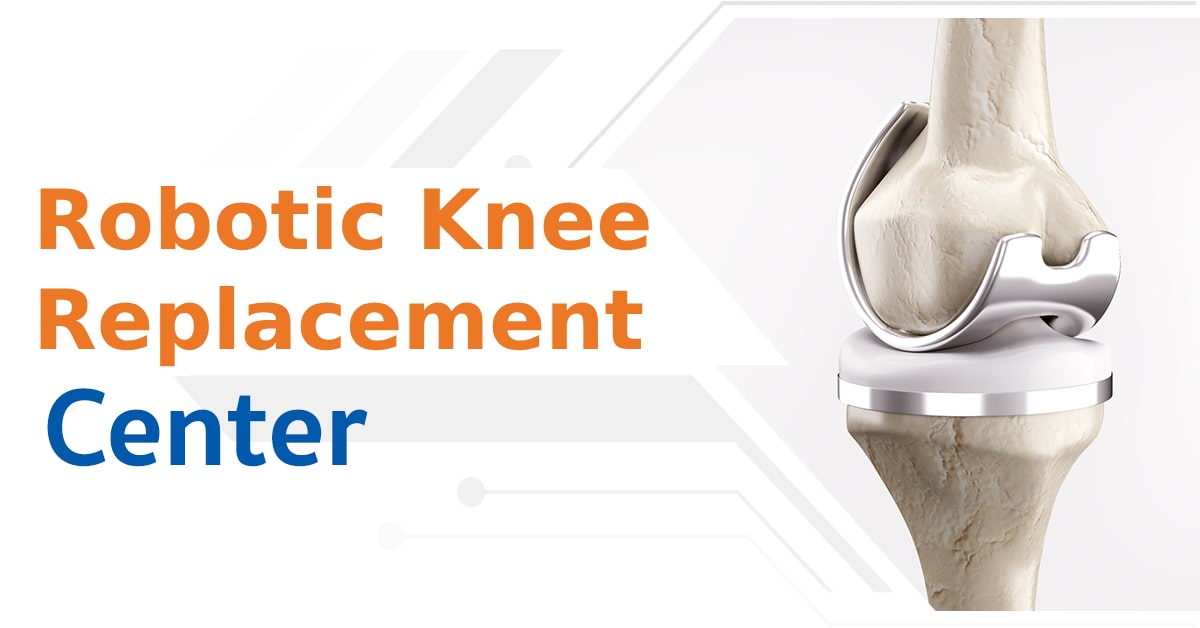
Minimally invasive heart surgery
Overview
Minimally invasive heart surgery is a surgical technique in which the surgeon makes one or more small incisions in the chest to access the heart, avoiding the need for a traditional open-heart surgery approach that involves cutting through the breastbone. This innovative procedure offers several advantages, such as quicker recovery times, decreased pain, and minimized scarring, making it a valuable option for treating heart conditions.
Types
Minimally invasive cardiac surgery is categorized into two main types:
- Thoracoscopic surgery: One or more tiny incisions are made on the chest’s side by the surgeon. To view the heart, they make incisions and insert a long tube called a thoracoscope, which has a video camera. They use thin, long tools to operate.
- Robotically assisted heart surgery: One or more tiny incisions are made on the chest’s side by the surgeon. Through the cuts, they direct robotic arms. The surgeon manipulates the robotic arms to carry out the surgery as the robot displays clear views of the heart.
Reasons for undergoing the procedure
Minimally invasive heart surgery can be used for a variety of heart operations. This includes the following:
- Closing of an opening in the heart, such as a patent foramen ovale or atrial septal defect.
- The surgical repair of atrioventricular septal defects.
- Maze procedure for atrial fibrillation.
- Heart valve replacement or repair.
- Heart tumor removal with surgery.
Not all individuals are suitable candidates for minimally invasive heart surgery. Evaluating the patient’s medical history and conducting relevant tests is essential for healthcare providers to determine whether this approach is a viable option. Highly skilled surgeons, often specializing in robotic or minimally invasive techniques, perform these surgeries. Patients may be referred to a medical facility, including hospitals or surgical centers, equipped with the required medical team and expert surgeons to carry out these procedures.
Risk
The risks associated with open heart surgery are comparable to those of minimally invasive heart surgery. They could consist of:
- Bleeding.
- Infection.
- Heart attack.
- Arrhythmias or Irregular heart rhythms
- Stroke.
- Death.
If the surgeon decides that the minimally invasive approach is no longer safe, they may occasionally switch to open-heart techniques midway through the procedure. Although it’s uncommon, it’s crucial to realize that it is possible.
Before the procedure
The patient will receive preparation instructions from the surgeon for minimally invasive heart surgery. They will also talk about the procedure’s advantages and disadvantages.
Some medications the patient may be taking may need to be temporarily stopped prior to the surgery.
Patient should avoid any food or water intake before the surgery.
The patient will be given general anesthesia so they can sleep through the procedure. The area where the incisions will be made by the surgeon can have a little patch of hair shaved. In order to maintain blood flow throughout the procedure, the surgical team will attach the patient to a heart-lung machine.
During the procedure
Small incisions made between the chest’s ribs allow the physician to access the heart in all types. The surgeon can view inside the body by using a device that has a tiny video camera inserted through one of the openings.
A cardiac surgeon performing minimally invasive heart surgery will:
- Cut a small incision on the side of the chest, or several.
- Insert robotic arms or tiny surgical instruments through the incisions.
- Insert the instruments between the ribs to access the heart.
- Replace a heart valve, repair the heart, fix a device, remove a tumor.
- Use stitches to close the incisions.
Minimally invasive heart surgery typically has a duration ranging from two to six hours.
After the procedure
Following minimally invasive heart surgery, the patient usually spends one to two days in the intensive care unit (ICU). To stop fluid from accumulating around the heart, they might have drainage tubes in their chest.
The patient will continue to recover in a different part at the private room for a few more days. Within a day or two following surgery, the surgical staff will assist them in standing and walking.
They might advise breathing exercises for the patient to prevent the accumulation of fluid in your lungs. Most patients spend a few days in the hospital. The exact type of the procedure and the patient’s condition will determine how long they spend in the hospital overall.
The patient receives directions from the care team to follow in order to recover. The patient will be taught how to take medication, take care of their incisions, monitor for infections, and control their discomfort.
The medical team will advise the patient on when they could resume their daily activities, working, driving, and exercises.
Outcome
Recovery after minimally invasive cardiac surgery typically occurs more swiftly compared to open heart surgery, potentially resulting in an improved quality of life for patients.
After the surgery, patients generally need regular check-ups to monitor their overall health. These check-ups may involve conducting tests to assess the heart’s functionality. Healthcare providers may also recommend that patients adopt a heart-healthy lifestyle, which can include guidance on quitting smoking and tobacco use, maintaining a nutritious diet, engaging in regular exercise, and effectively managing stress.
When compared to open heart surgery, the advantages of minimally invasive heart surgery can include:
- Blood loss will be less.
- Risk for infection is less.
- Risk of bleeding is less.
- Quicker recovery and return to regular activities.
- Less pain.
- Less time spent in the hospital.
- Small scars.
Healthcare providers often advise patients to participate in a tailored fitness and educational program to aid in their post-surgery recovery and overall strength enhancement. This program is commonly referred to as cardiac rehabilitation, or simply cardiac rehab. It is designed to improve the well-being of individuals who have undergone previous heart surgery or those with cardiac issues. Cardiac rehabilitation typically encompasses education on heart-healthy lifestyles, supervised exercise routines, and emotional support.
If a patient experiences any of the following after minimally invasive heart surgery, they should consult their healthcare provider immediately:
- Pus or drainage surrounding the wound site.
- Excessive redness or swelling near the site of the incision.
- Fever or chills.
- Pounding in the heart or palpitation.
- Unusual fluid retention (edema) or swelling in the legs or feet.
- Gaining almost three pounds in a single week.




















